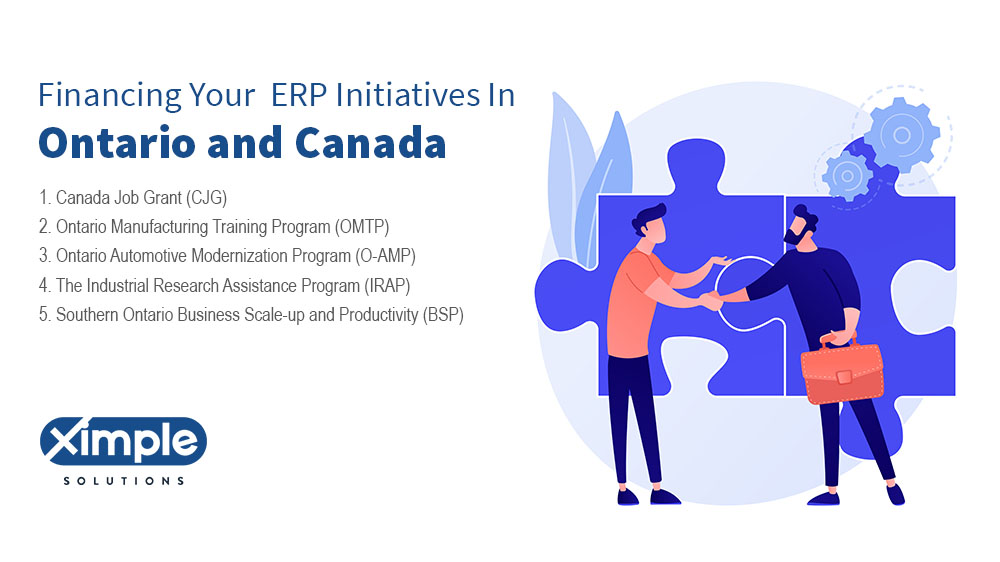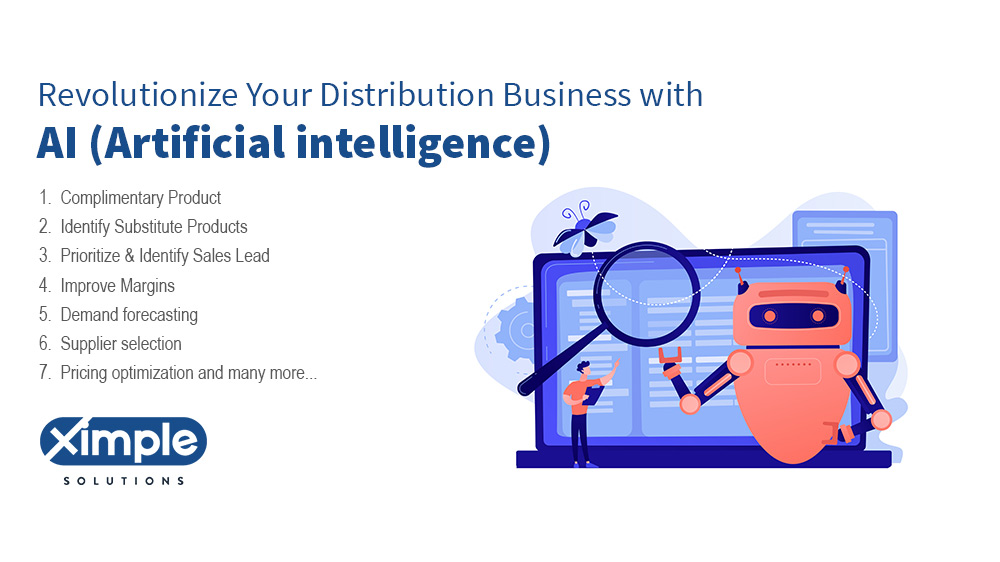
Financing Your ERP and Accounting Software Initiatives In Ontario And Canada
No matter the industry, an ERP project can account for a significant portion of your technological investment. These projects are often resource-intensive and demand substantial effort to ensure success, but once implemented and operational, they can revolutionize your small or medium-sized business. Despite the costs, investing in ERP is necessary to unleash its potential. Fortunately, […]
Read More

Revolutionize Your Distribution Business with AI: Real-Life Success Stories and Benefits
This article highlights several real-life examples of how distribution businesses leverage cutting-edge technologies to gain a competitive edge and minimize risk. With real-world examples from industry leaders, this article is a must-read for anyone looking to stay ahead of the curve in the fast-evolving distribution world. So, to gain a competitive edge and future-proof your […]
Read More





